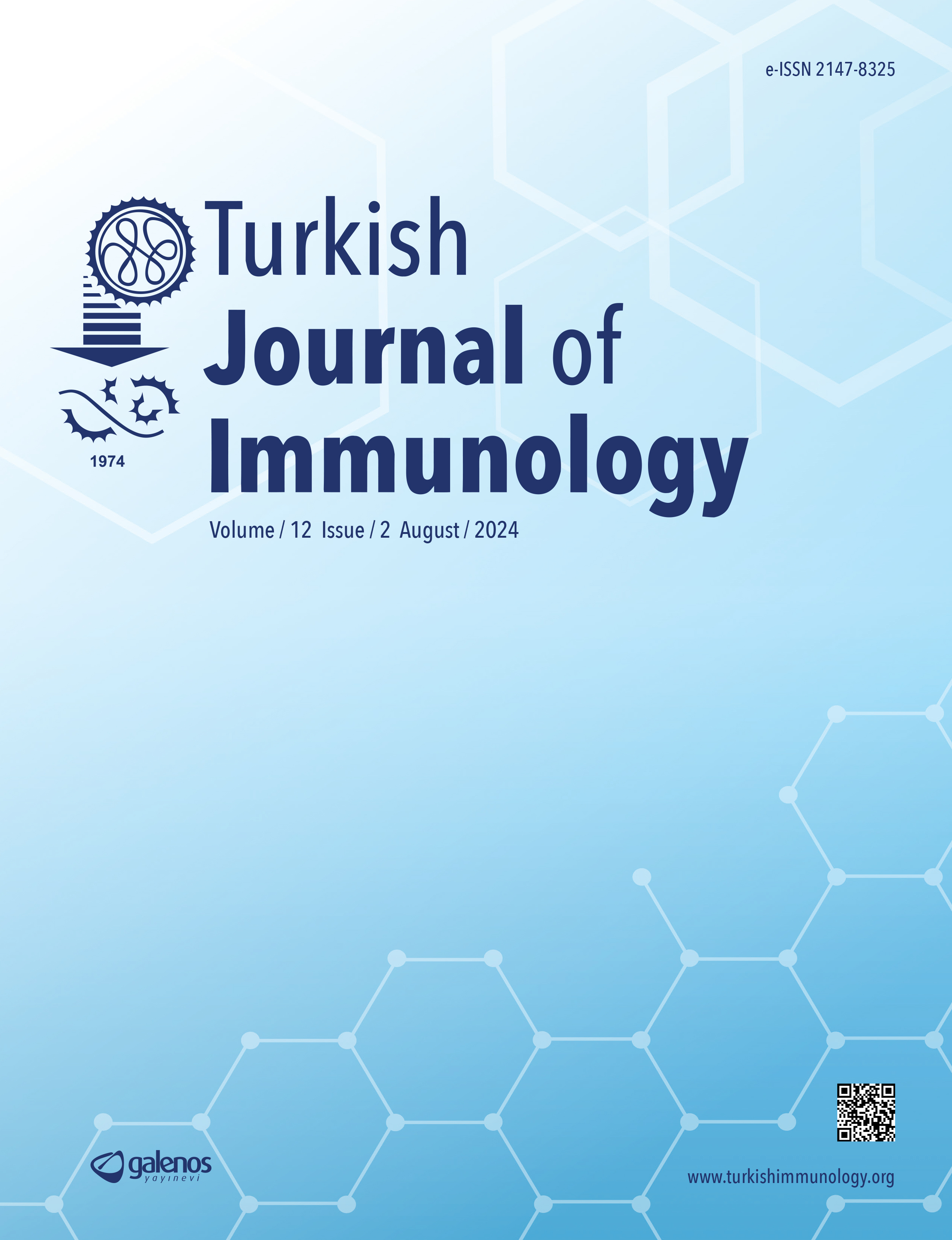













An Immunological and Molecular Study of Regulatory T-cell Activity in Iraqi Patients with Psoriasis Treated by Topical and Biological Therapy
Shawq Raafat Alnaqqash1, Zainab Thamer Showait AL-Asady2, Mohammed Mahdi Jawad31Mustansiriyah University College of Science, Department of Biology, Baghdad, Iraq2Al-Karkh University of Science, College of Science, Department of Microbiology, Baghdad, Iraq
3University of Baghdad, College of Education for Pure Science (Ibn-al Haitham), Department of Biology, Baghdad, Iraq
Objective: Transforming growth factor-beta (TGF-β), an anti-inflammatory cytokine, plays a crucial role in restraining the proliferation and differentiation of T effector cells in autoimmune diseases. Glycoprotein A repetitions predominant (GARP), belonging to the leucine-rich repeat protein family, functions in facilitating the presentation of TGF-β on the surface of regulatory T-cells. The study aims to evaluate the activity of regulatory T-cell in Iraqi patients with psoriasis, treated with topical and biological therapy considering the level of TGF-β1 and LRRC32 gene (GARP) expression.
Materials and Methods: In this study 22 blood samples of psoriasis patients and 24 healthy samples as a control group were analyzed to measure the level of TGF-β1 by enzyme-linked immunosorbent assay and the gene expression level of the LRRC32 (GARP gene) by quantitative reverse transcription polymerase chain reaction technique.
Results: The results showed a significant decrease (p=0.004) in the level of TGF-β1 in the serum of patients with psoriasis treated with topical therapy and others treated with biological therapy compared to the control group. A significant increase (p=0.05) in the folding of LRRC32 gene expression was detected in psoriasis patients compared to the control percentage (100%). Moreover, there was a significant increase (p=0.000) in the percentage of the gene expression folding of LRRC32 gene in patients treated with biological therapy and patients treated with topical therapy compared to control percentage (100%).
Conclusions: The high expression of the LRRC32 gene in patient samples is an indication of the effective role of regulatory T-cells under biological and topical treatment.
Manuscript Language: English




